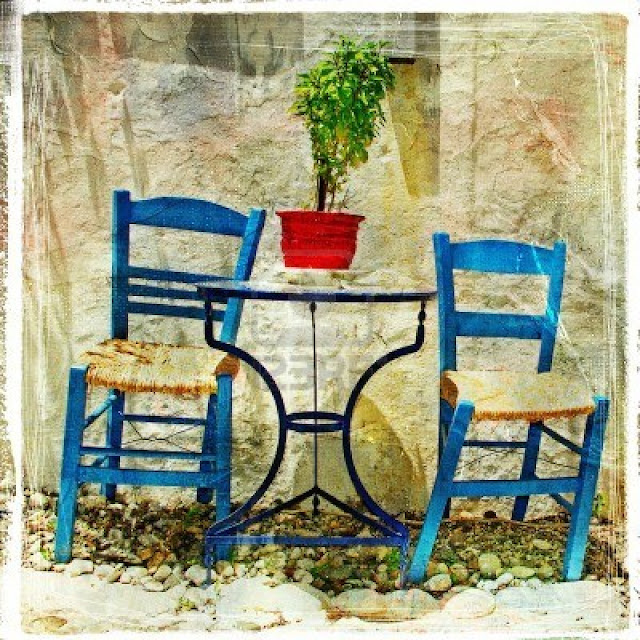For the cream
| fine semolina | 1 cup |
| whole milk | 5 cups |
| egg yolks | 4 |
| eggs | 2 |
| sugar | ¾ cup |
| vanilla extract | 1 ½ teaspoons |
| orange rind | ½ |
| clarified unslated butter | 1 cup |
| phyllo pastry sheets | 1 package (12 sheets) |
For the syrup
| water | 4 ½ cups |
| sugar | 2 ½ cups |
| greek honey | 3 tablespoons |
| cinnamon stick | 1 |
| lemon | ½ |
VIEW MORE RECIPES FOR DECEMBER
How to cook
A. Preheat oven at 350F(175C).
B. For the Cream:
1. In a heavy pot, on a medium heat, add the milk and orange peel.
2. In a bowl, whisk the eggs and sugar together.
3. Slowly add the fine semolina to the milk continually stirring with a wooden spoon until it thickens.
4. Turn off the heat. Stirring, slowly add the egg mixture into the cream. Be careful that the eggs don’t cook.
5. Add the vanilla and 1 tablespoon butter and stir. Cover and set aside.
6. In a buttered glass baking dish, add 10 phyllo sheets, making sure to butter each one with a pastry brush. When laying each phyllo sheet, change the direction every time (crosswise). Carefully press in the phyllo with your hands to fit all around the dish leaving the edges of the phyllo to hang over the sides of the dish.
7. Pour in the cream and spread evenly with a spatula.
8. Carefully fold over the hanging phyllo sheets, buttering each time.
9. Lay 3 phyllo sheets on the top, folding them in half and tucking in the sides. Make sure to butter all the sheets.
10. With a sharp knife, carefully cut on the top the phyllo sheets vertically and horizontally making 3 columns by 5 rows. Make sure to not cut all the way through to the cream, just the phyllo.
11. With a spoon, drizzle the remaining butter in the edges and within the cuts of the rows and columns.
12. With your hands, lightly sprinkle water all over the top of the phyllo, Bake, on the bottoms rack, for 1 hour or until golden brown.
C. For the syrup:
1. In a pot, add all the ingredients, except the honey, stir until it comes to a boil. Then let it simmer for 5 minutes. Turn of the heat, add the honey, stir and remove the cinnamon stick and lemon. Cool before pouring.
2. Once the cream custard is ready, let it cool for 10 minutes and then pour all over the top the warm/ room temperature syrup.
3. The Galaktobouriko needs to cool for 4-5 hours before cutting/serving.














































